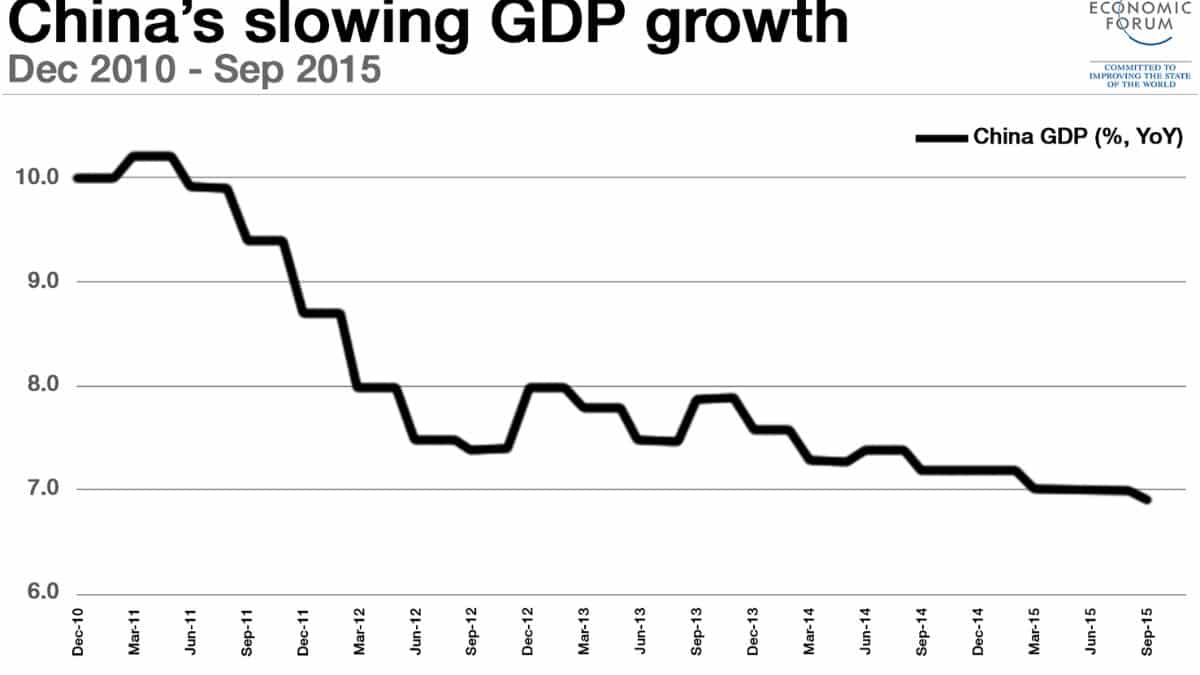 Image Credits - We forum
Image Credits - We forum
China’s economic growth experienced a notable deceleration in the second quarter of the year, raising concerns among policymakers and global investors. According to the latest data from the National Bureau of Statistics, the country’s GDP grew by 6.3% year-on-year, down from 7.9% in the first quarter. This slowdown is attributed to a combination of factors, including weaker domestic demand, ongoing trade tensions, and a challenging global economic environment.
One of the primary contributors to the deceleration is the softening of consumer spending. Chinese consumers remain cautious despite efforts to boost domestic consumption, including government incentives and measures to increase disposable incomes. Retail sales, a key indicator of consumer confidence, grew at a slower pace compared to the previous quarter. The lingering effects of the COVID-19 pandemic, coupled with rising unemployment rates in certain sectors, have dampened consumer sentiment.
Moreover, the global economic landscape has presented additional challenges for China. Persistent trade tensions, particularly with the United States, have continued to impact export growth.
The imposition of tariffs and other trade barriers has disrupted supply chains and increased costs for Chinese manufacturers. Additionally, geopolitical uncertainties and fluctuations in global demand have further complicated the export scenario, leading to slower growth in China’s manufacturing sector.
Investment in fixed assets, another crucial driver of economic growth, also showed signs of weakness. Although infrastructure spending by the government remained robust, private sector investment, particularly in real estate and manufacturing, slowed down. This is partly due to tighter regulatory measures aimed at curbing excessive borrowing and preventing financial risks.
The property market, in particular, has seen a decline in both sales and new construction starts, reflecting cautious sentiment among developers and investors.
The slowdown in economic growth poses significant challenges for Chinese policymakers. The government has already implemented a series of measures to stabilize the economy, including monetary easing, fiscal stimulus, and structural reforms.
However, maintaining a delicate balance between stimulating growth and managing financial risks remains a complex task. Authorities are likely to continue focusing on boosting domestic demand, supporting small and medium-sized enterprises, and enhancing innovation to drive sustainable growth.
